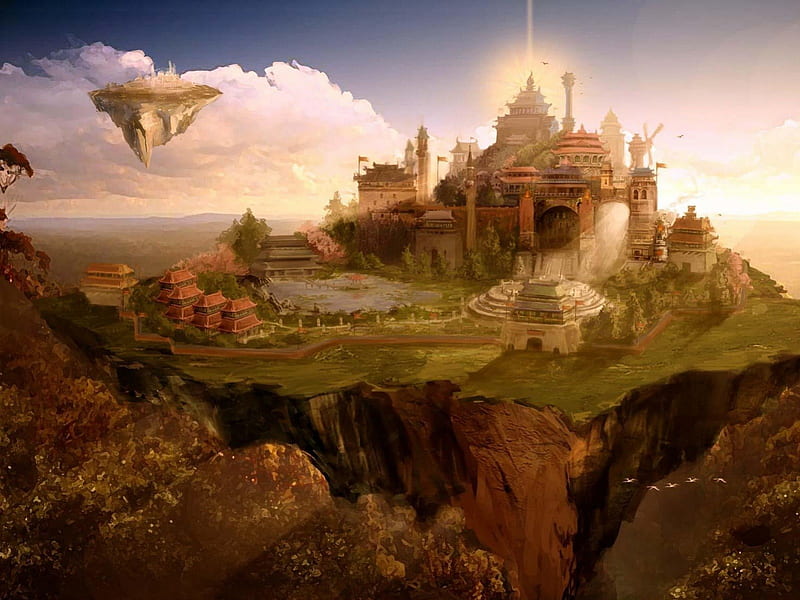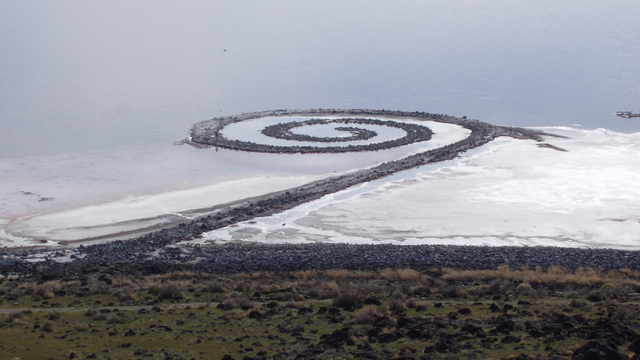Land art, an intriguing art form that merges the natural landscape with creative expression, has fascinated audiences since the 1960s. This movement, known as Land Art or Earth Art, utilises natural materials like soil, rocks, and plants to construct site-specific sculptures and installations. It is fascinating to observe how this art form has inspired various domains, including popular games like Magic: The Gathering (MTG), which boasts an impressive array of Full Art Lands cards, celebrated for their stunning artwork and collector appeal.
The Origins and Evolution of Land Art
The Land Art Movement began as a radical departure from traditional gallery art. Artists like Robert Smithson, Michael Heizer, and Nancy Holt sought to escape the confines of the studio and gallery, engaging directly with nature and the environment. Their works, often vast and ephemeral, encourage viewers to consider the natural world as an integral part of artistic experience.
Land Art in the Contemporary Scene: Landscape Art and Environmental Concerns
Today, land art has evolved to include issues of environmental sustainability and ecological awareness. Artists create works that highlight and sometimes critique the relationship between humans and the environment. Landscape art, a related genre, focuses on both natural and urban landscapes, capturing the beauty and complexity of the environments we inhabit.
Magic The Gathering: Celebrating Land Art in Gaming
Magic: The Gathering, a popular collectible card game, has embraced the concept of land art through its Full Art Lands cards. These cards, which originated in the Zendikar set and expanded into other sets like Unfinity, feature expansive, detailed artworks that cover the entire card. Renowned artists contribute to these designs, making each card a miniature piece of art that enhances the gaming experience.

Zendikar and Unfinity: A Showcase of Full Art Lands
Zendikar, known for its adventurous, wild terrain, was one of the first MTG sets to introduce Full Art Lands, turning basic land cards into coveted items for both players and collectors. Following its success, other sets, including Unfinity, continued this tradition, each offering unique artistic interpretations of the game’s various realms. These full art cards not only serve as a functional part of the game but also as a form of artistic expression that connects players with the imaginative landscapes of the MTG universe.
The Role of Art Land and Land Clip Art in Modern Design
Beyond physical and digital landscapes, land art has influenced other areas such as graphic design and digital media. Land clip art, for example, provides artists and designers with ready-made images of natural and scenic elements for use in various digital projects. Similarly, the concept of Art Land transcends traditional boundaries, offering a platform where land and art fuse in innovative ways.

Educational and Cultural Contributions: Lander Art Center
Institutions like the Lander Art Center are instrumental in educating the public about land art and other artistic movements. These centers provide workshops, exhibitions, and educational programs that foster a deeper understanding of art’s role in society and its interaction with the natural world.
Conclusion
From the sprawling installations of the 1960s to the intricate designs of MTG Full Art Lands, land art remains a powerful and evolving form of creative expression. Whether through the physical alteration of landscapes or the artistic enhancement of a trading card, this art form continues to challenge our perceptions of art and environment. It encourages us to see the beauty in the land, whether stepping into a vast, untouched wilderness or shuffling a deck of beautifully crafted game cards.
Feature Image: Spiral Jetty by Robert Smithson from atop Rozel Point, Utah, in mid-April 2005 | Courtesy:wikipedia






